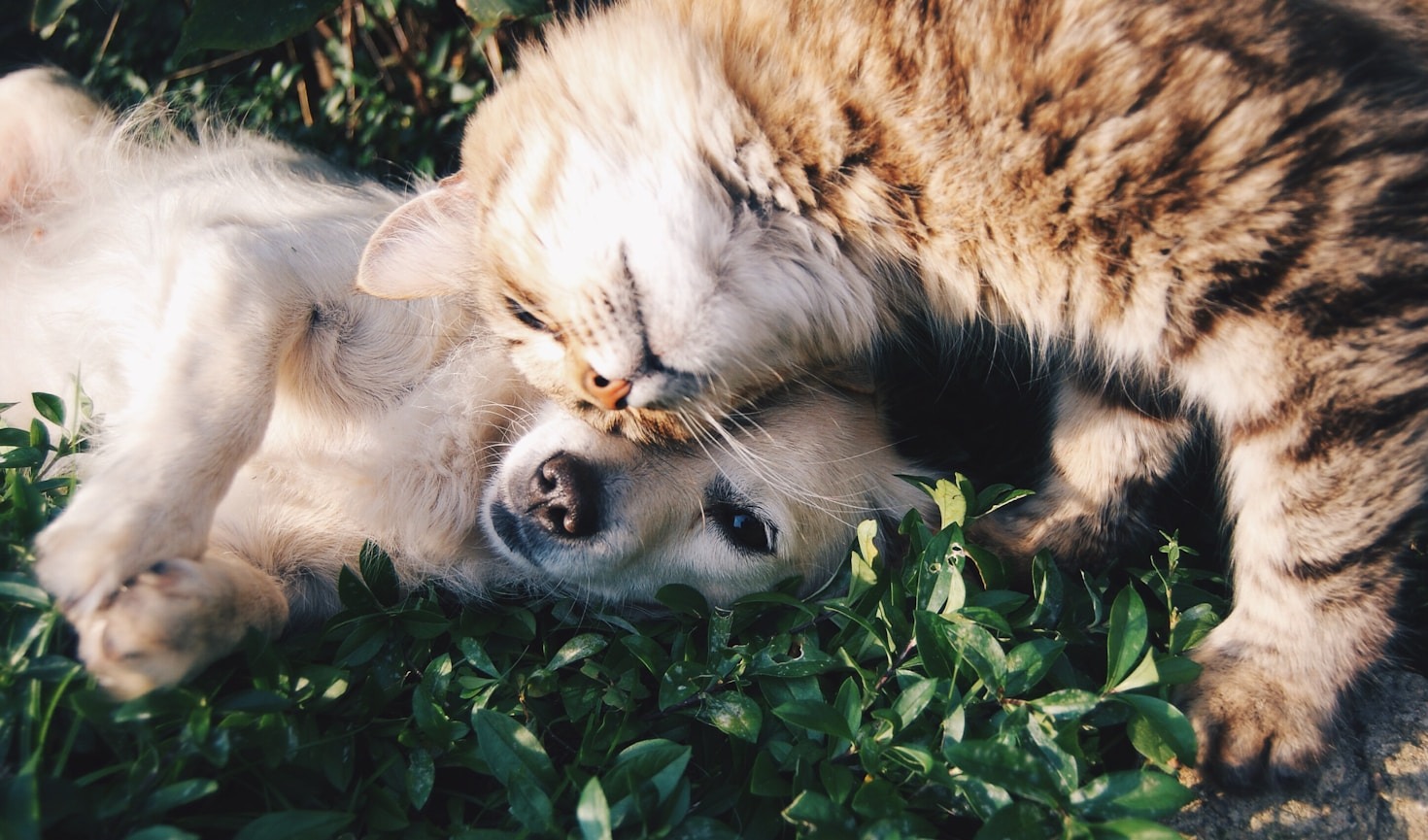Losing a pet can be an incredibly distressing experience. The moment you realize your furry friend is missing, it’s natural to feel panic and worry. However, taking swift and organized action can significantly increase the chances of finding your pet quickly and safely. Here’s a step-by-step guide on what to do immediately after your pet goes missing.
- Stay Calm and Search Your Home Thoroughly
Before assuming your pet has gone far, check every possible hiding spot inside your house and yard. Pets, especially cats, often hide nearby when scared or stressed. Look under furniture, in closets, behind appliances, and around bushes or garden sheds. - Alert Family, Friends, and Neighbors
Inform everyone in your household and ask neighbors to keep an eye out. The more people on the lookout, the higher the chances someone will spot your pet. Provide them with a clear description and a recent photo. - Start a Local Search
Take a leash, your pet’s favorite treats or toys, and walk or drive around your neighborhood calling your pet’s name. Pets often stay close to home, especially if they are frightened or injured. - Create and Distribute Flyers
Make flyers with your pet’s photo, description, where they were last seen, and your contact information. Post these at local parks, veterinary clinics, grocery stores, and any other community spots. Also, consider handing them out door-to-door. - Use Social Media and Online Resources
Post about your missing pet on social media platforms like Facebook, Instagram, and Twitter. Join local lost and found pet groups and websites where you can report missing pets. This can quickly spread the word to a broad audience. - Contact Local Animal Shelters and Vets
Call nearby animal shelters, rescue groups, and veterinary offices. Provide them with your pet’s description and your contact details. Visit shelters in person regularly, as sometimes pets are brought in without immediate notification. - Check Microchip and ID Information
If your pet is microchipped, notify the microchip company that your pet is missing to update their status. Make sure your contact information is current. If your pet wears an ID tag, double-check that your phone number is correct and visible. - Keep Searching and Don’t Give Up
Pets can be found after days, weeks, or even months. Continue your search consistently and update your flyers and online posts. Stay hopeful and persistent.
Losing a pet is heartbreaking, but by acting quickly and methodically, you improve the chances of a happy reunion. Remember, your pet is likely scared and confused, so patience and perseverance are key. Keep reaching out to your community and utilize all available resources to bring your beloved companion home.
Hold on to hope and never give up—your beloved pet is out there, waiting to be found and brought home with love.


When a pet is lost, it often feels scared and confused. They may wander aimlessly, searching for familiar scents and sounds that can guide them back home. The absence of their owner and the comfort of their usual environment can make them anxious and lonely. Pets rely on routine and the presence of their human family, so being lost disrupts their sense of security and safety. This distress can cause them to be more cautious or, conversely, more desperate to find a way back, leading to increased vulnerability in unfamiliar surroundings.
How they feel after rescue
When a pet is being rescued, they often experience a mix of emotions. Initially, they may feel scared and confused, unsure of what is happening or what to expect. However, as they begin to sense kindness and safety from their rescuer, relief and trust start to replace their fear. Many pets show signs of gratitude and happiness, such as wagging tails, purring, or gentle nuzzles. The rescue moment can be transformative, offering them hope and the promise of a better life filled with love and care.


Leave a Reply